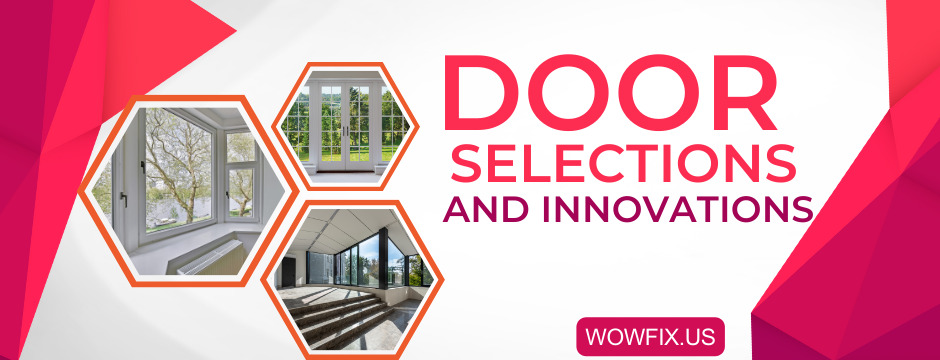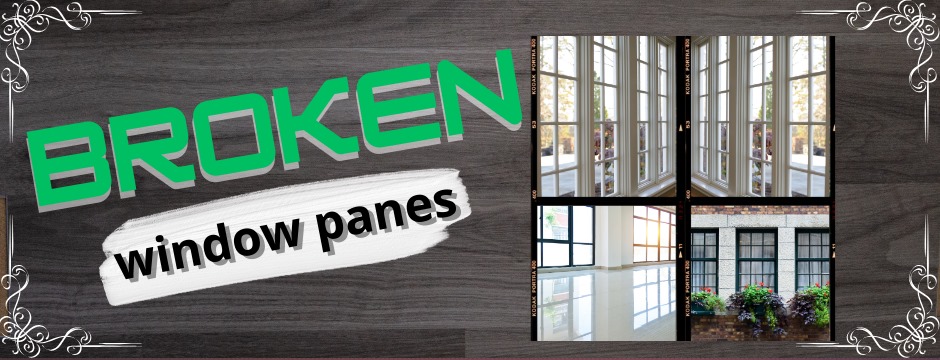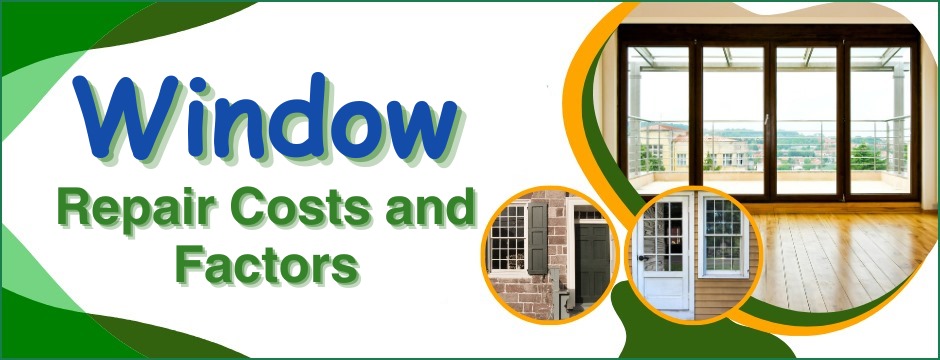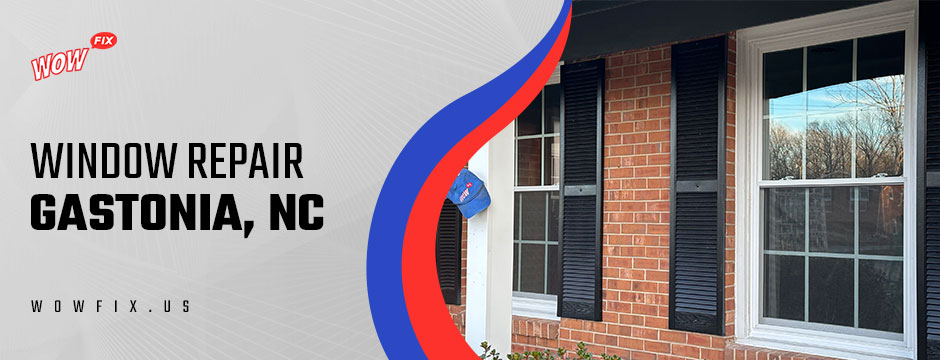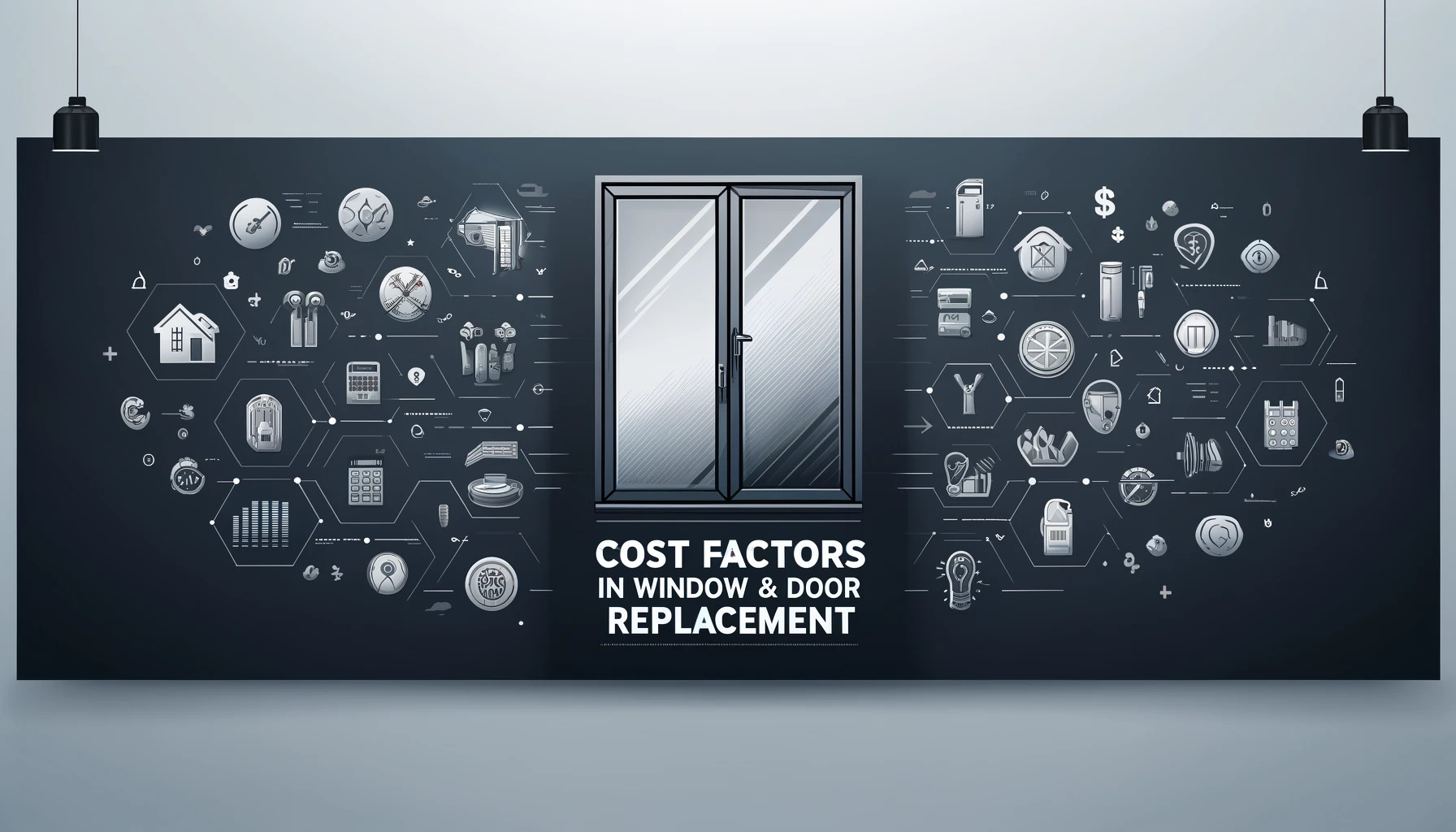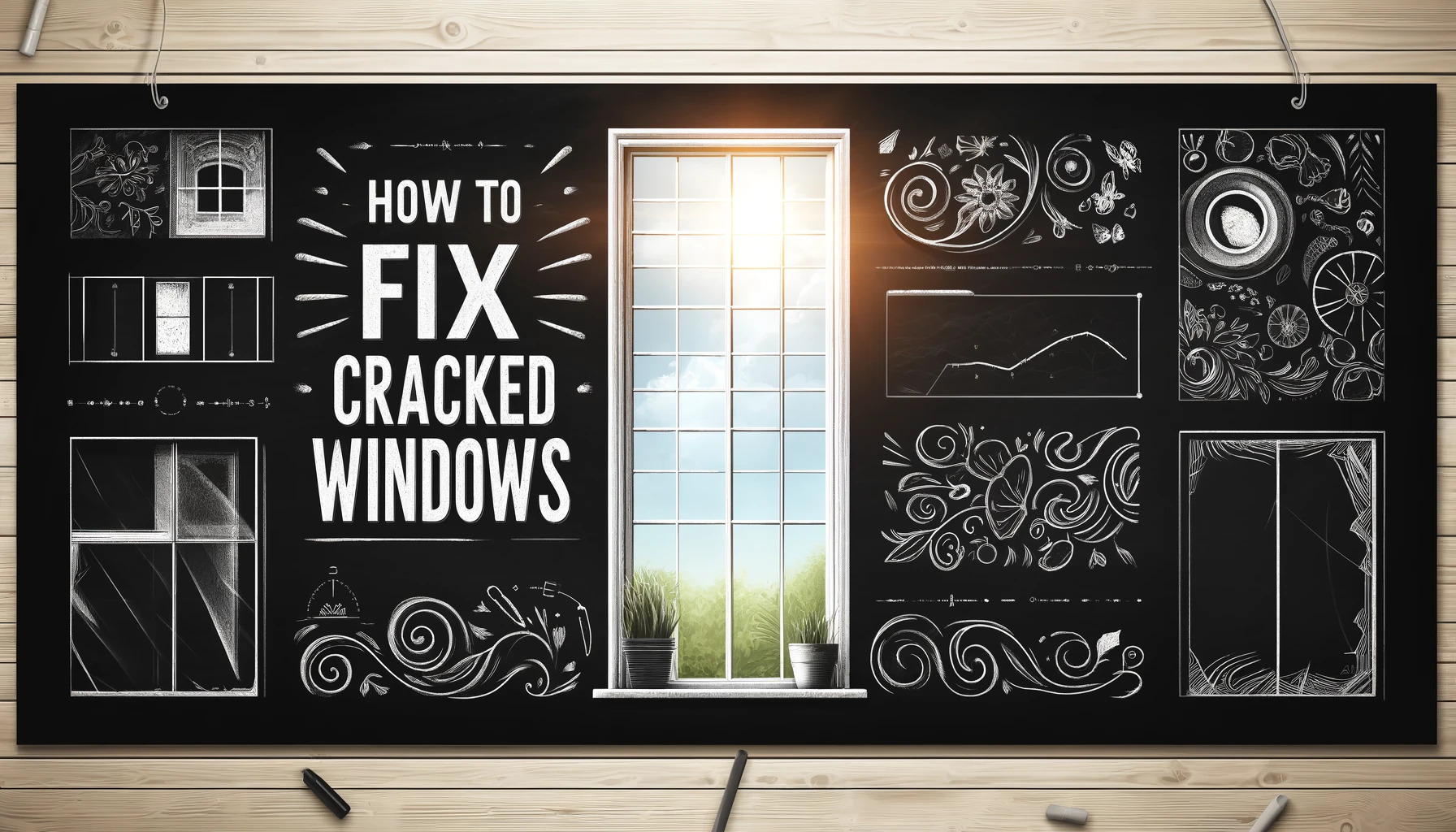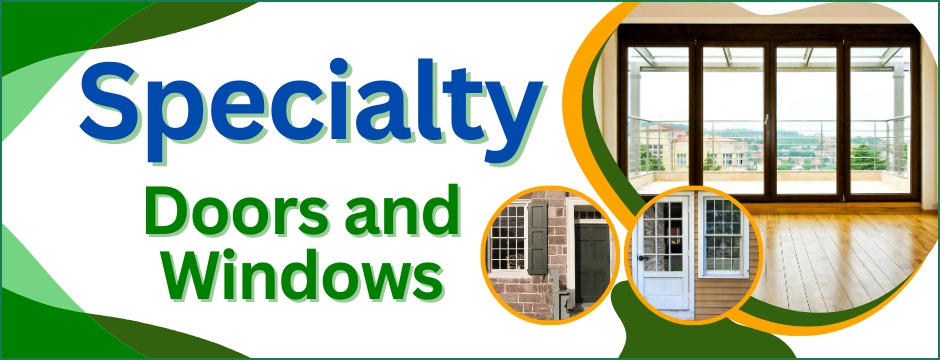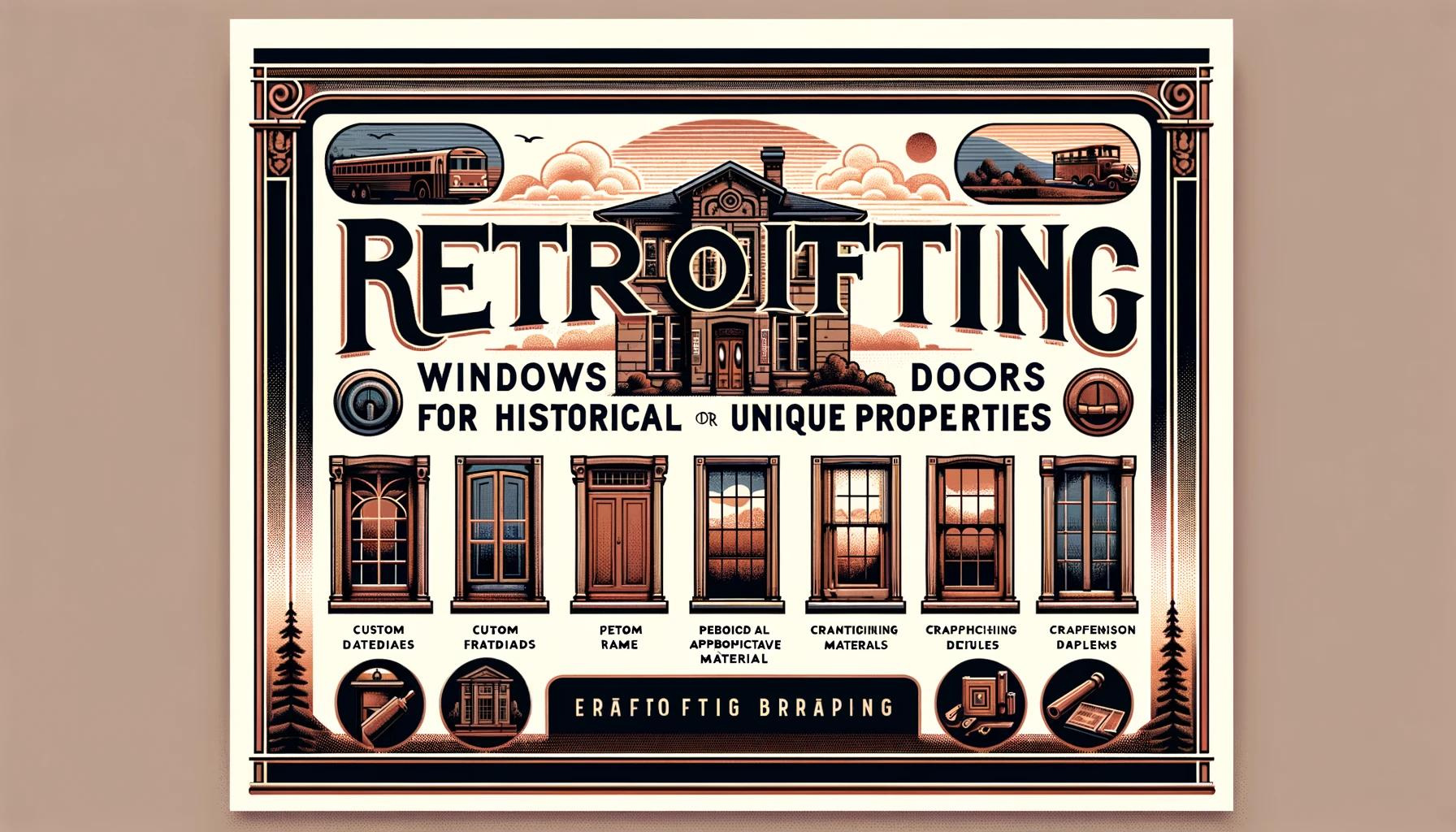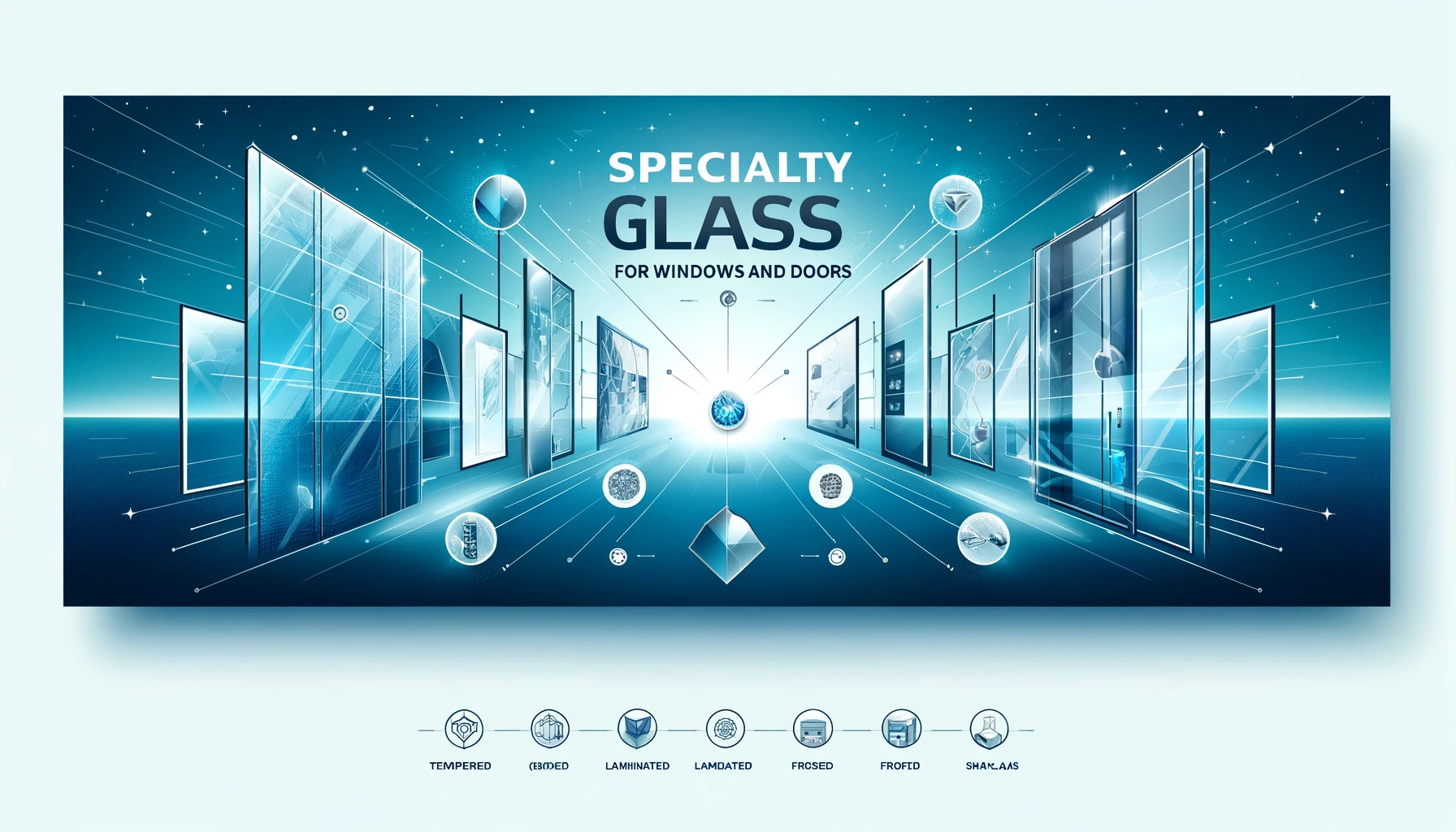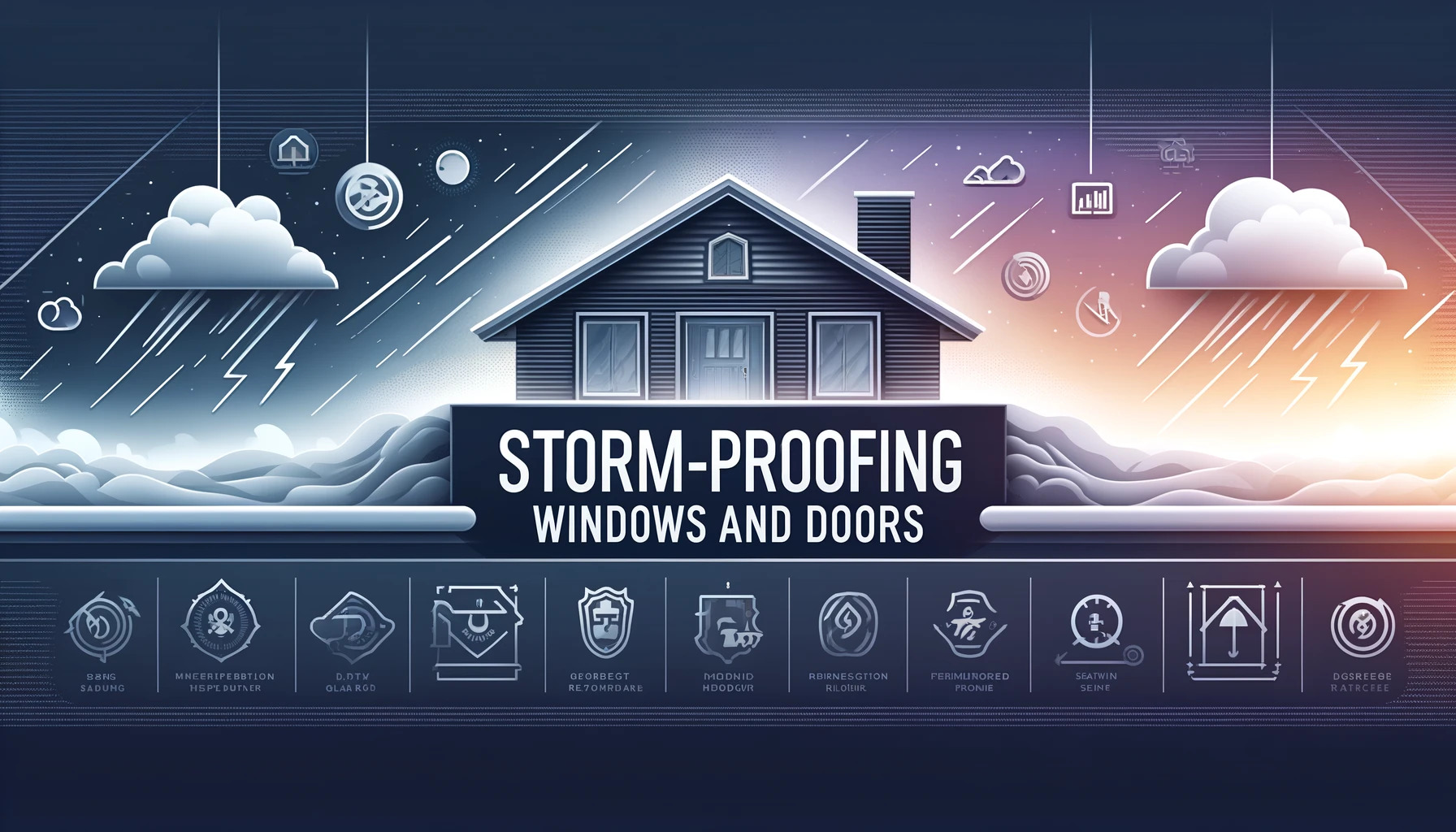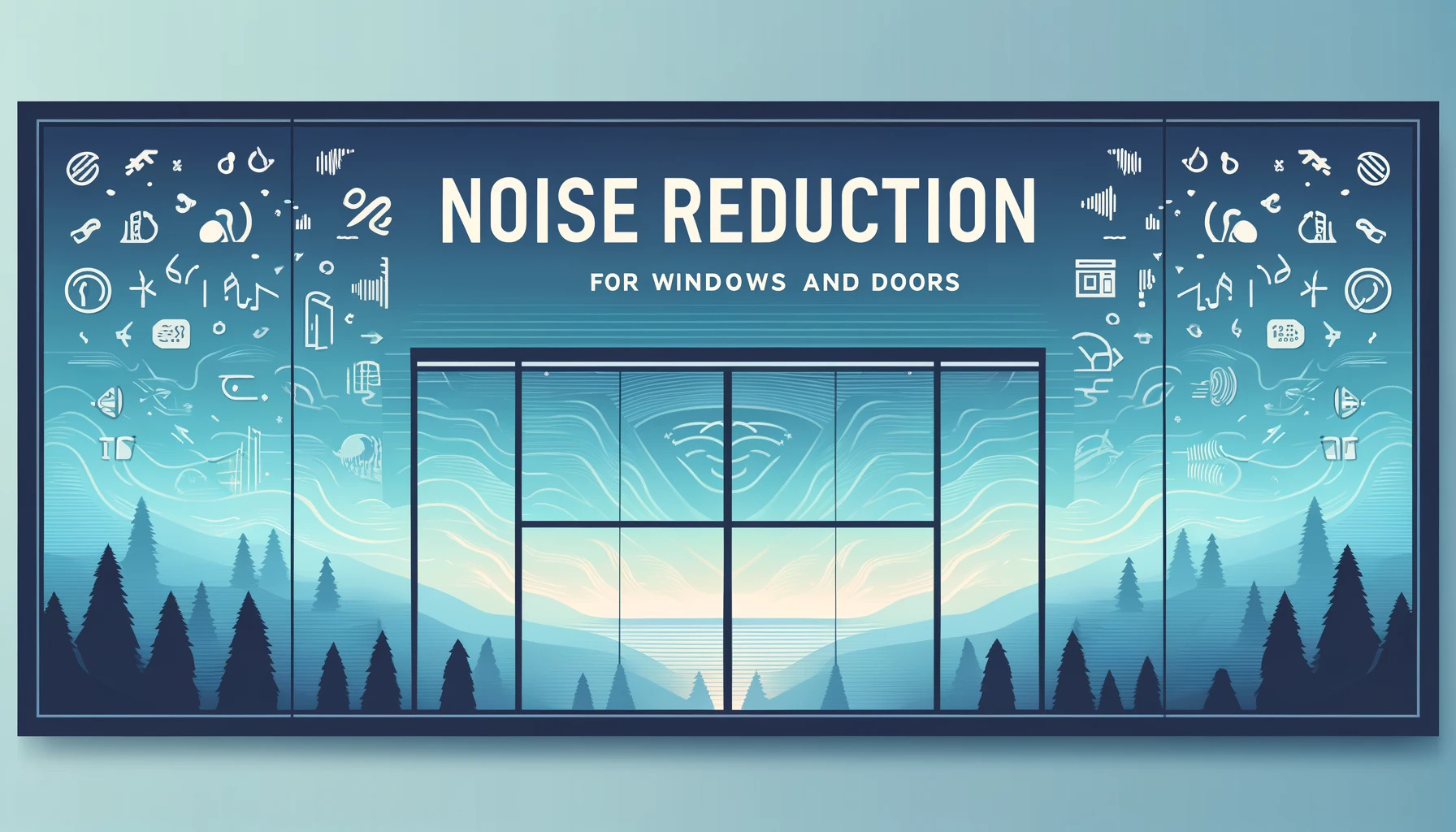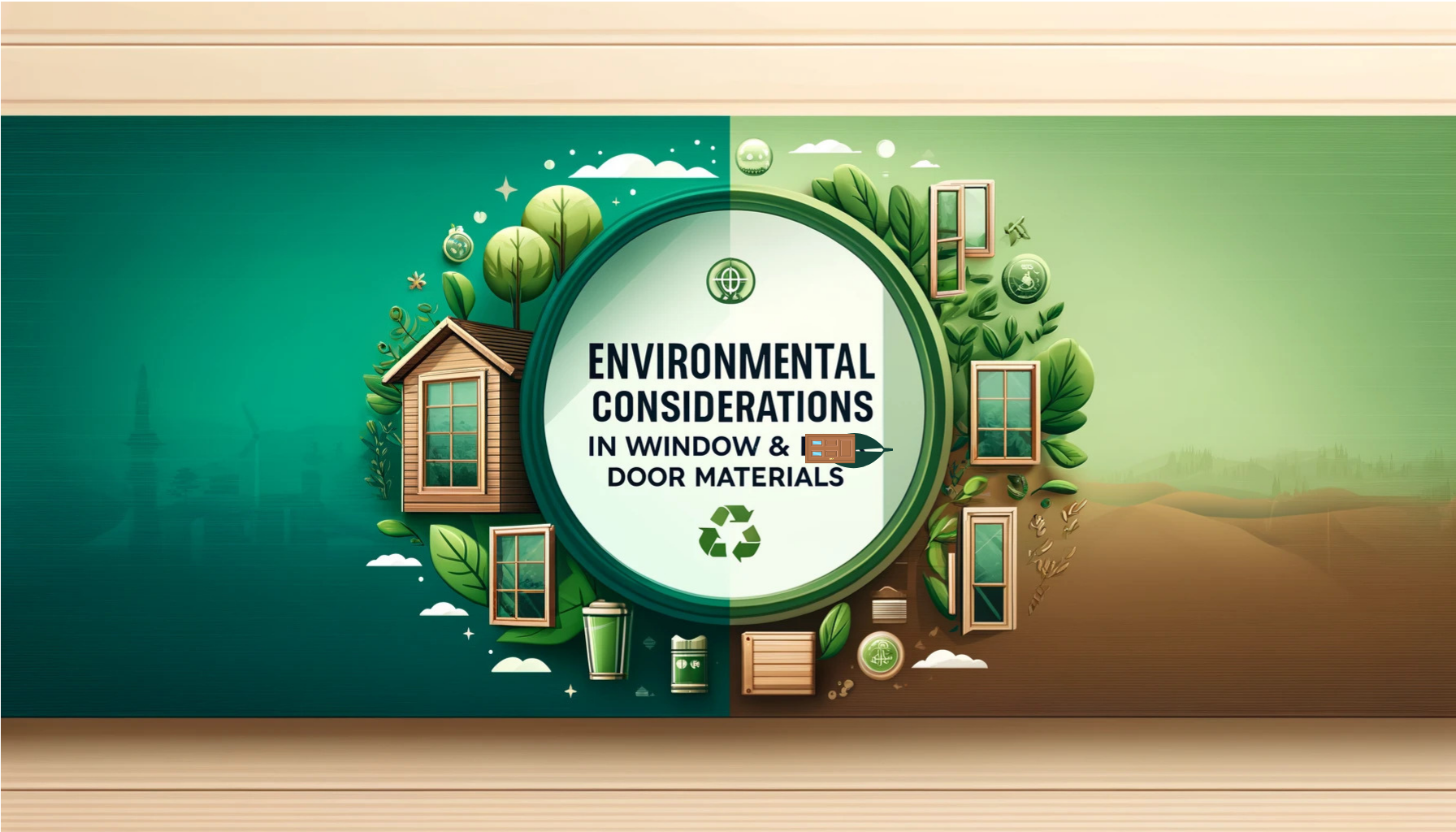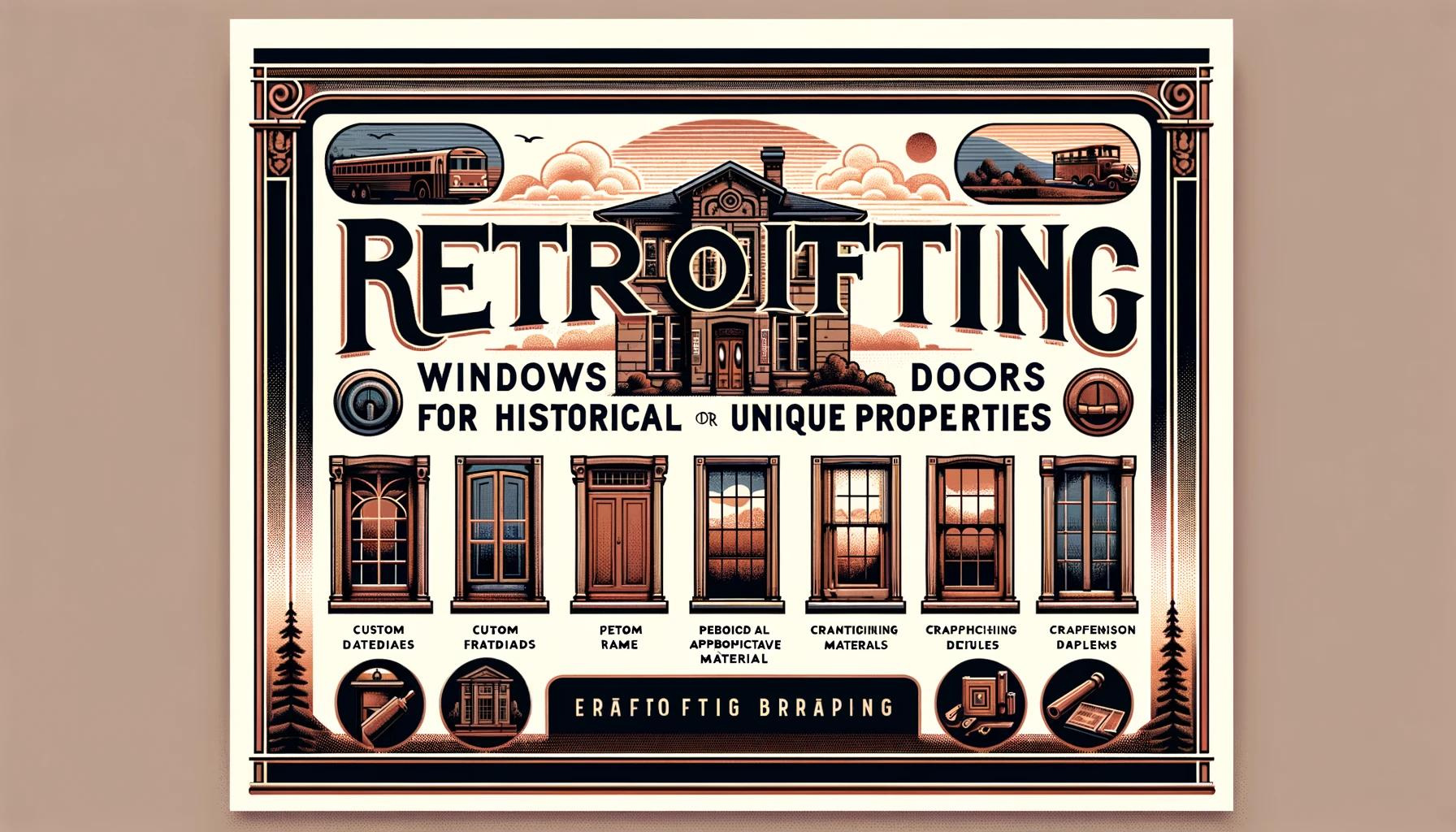
WOWFIX BLOG
Trend and Innovation Reviews
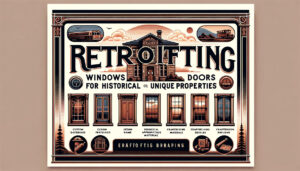
Retrofitting Windows and Doors for Historical or Unique Properties
Retrofitting Windows and Doors in Historical or Unique Properties: Balancing Heritage with Modernity When it comes to preserving the historical
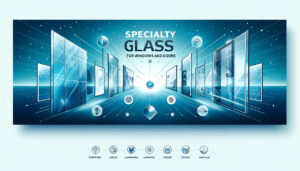
Specialty glass options for windows and door
Exploring Specialty Glass Options for Windows and Doors: Enhancing Functionality and Aesthetics When it comes to designing or renovating a
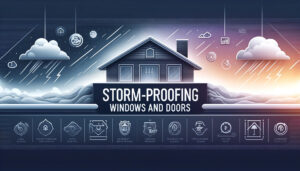
Storm-proofing windows and doors
Fortifying Your Home: Essential Guide to Storm-Proofing Windows and Doors In regions where storms and severe weather are common, protecting
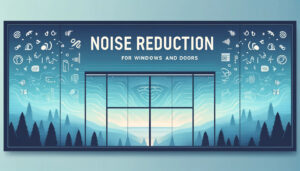
Noise reduction solutions for windows and doors.
Enhancing Peace and Quiet: Noise Reduction Solutions for Windows and Doors In our fast-paced world, the quest for a quiet,
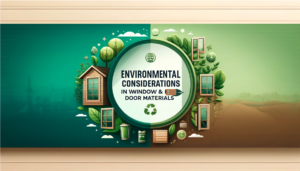
Environmental considerations in window and door materials
Environmental Considerations in Choosing Window and Door Materials When selecting materials for windows and doors, homeowners and builders are increasingly

Cost factors in window and door replacement
How to Enhance Your Home with Strategic Window and Door Replacement When considering home improvement, replacing windows and doors is
Real Homes, Real Results: Inspiring Success Stories
Top Window and Door Companies in Charlotte, NC
Top 10 Window Repair Companies in Rockford IL
Get Creative: Fun & Easy DIY Projects for Your Home
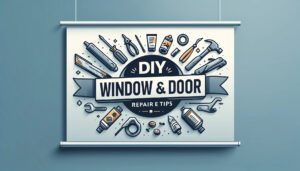
DIY window and door repair tips
DIY Window and Door Repair: Practical Tips for Homeowners As a homeowner, encountering issues with your windows and doors is

Top 10 Window Repair Companies in Raleigh and Durham, NC
Windows, the eyes to our homes, serve more than just aesthetic purposes. They provide security, insulation, and a connection to
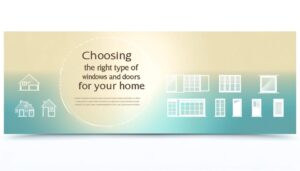
Choosing the right type of windows and doors for your home
Choosing the Right Doors and Windows for Your Home: A Guide to Style, Efficiency, and Security When it comes to
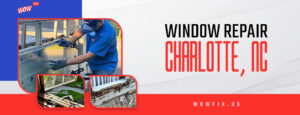
Let Your Windows Shine Again: Window Repair in Charlotte, NC
Let Your Windows Shine Again: Window Repair in Charlotte, NC Do you ever find yourself staring out of your
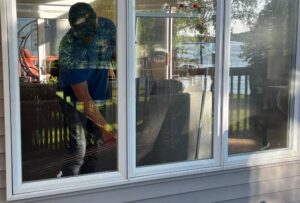
Can Foggy Windows Be Repaired?
Absolutely, they can! Foggy windows can obscure your home’s beautiful views, but more than that, they indicate an issue with
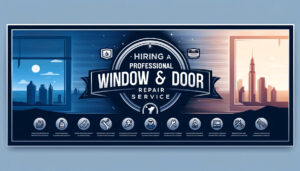
Hiring a professional window and door repair service
The Importance of Hiring Professional Window and Door Repair Services Windows and doors are critical components of any building; they
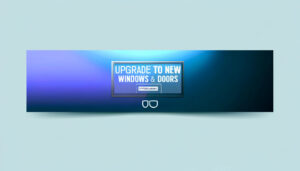
Benefits of upgrading to new windows and doors
Benefits of Upgrading to New Windows and Doors Upgrading your home’s windows and doors can be a substantial investment, but

Top Window and Door Companies in Charlotte, NC
Window and door repairs: top companies in charlotte nc Introduction Welcome to our guide on the top window and door

Noise reduction solutions for windows and doors.
Enhancing Peace and Quiet: Noise Reduction Solutions for Windows and Doors In our fast-paced world, the quest for a quiet,
learn how we can keep your costs down!
Concerned about handling DIY repairs for windows, glass, or doors? Wowfix handymen are here to provide expert solutions and support whenever you need it.
Explore new

WOWFIX WIndow and Door Repair
We are experts with In-hous manufacture to cover your needs with emergency window, door and fix!
Our socials
Sharing
learn how we can keep your costs down!
Concerned about handling DIY repairs for windows, glass, or doors? Wowfix handymen are here to provide expert solutions and support whenever you need it.
Weekly Tips & Tricks: Your Go-To Home Improvement Hub

Top 10 Window Repair Companies in Raleigh and Durham, NC
Windows, the eyes to our homes, serve more than just aesthetic purposes. They provide security, insulation, and a connection to the outdoors. As such, it’s
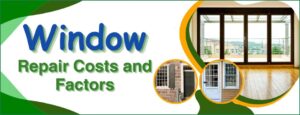
Window Repair Costs and Factors
Understanding Window Repair Costs and Factors The cost of window repair can vary significantly depending on several factors. Typically, homeowners spend between $177 and $634,
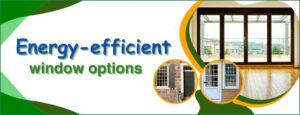
Energy-efficient window options
Energy-Efficient Window Options: A Guide to Greener Living As we become more conscious of our environmental impact, one area where we can make significant improvements
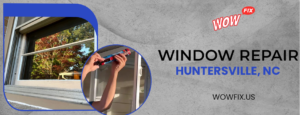
Renew Your Home: Solutions for Window Repair Huntersville, NC
Renew Your Home: Solutions for Window Repair Huntersville, NC Are you a homeowner in Huntersville, NC, seeking to enhance the appeal and functionality of your

understanding window and door warranties
Understanding Window and Door Warranties: A Comprehensive Guide for Homeowners When investing in new windows and doors, understanding the intricacies of their warranties can significantly
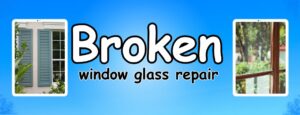
Why Professional Broken Window Glass Repair is Worth It: Avoid DIY Pitfalls
Why Professional Broken Window Glass Repair is Worth It: Avoid DIY Pitfalls DIY projects can be cost-effective and enjoyable, but when it comes to repairing
Master Your Projects: Step-by-Step Home Improvement Guides
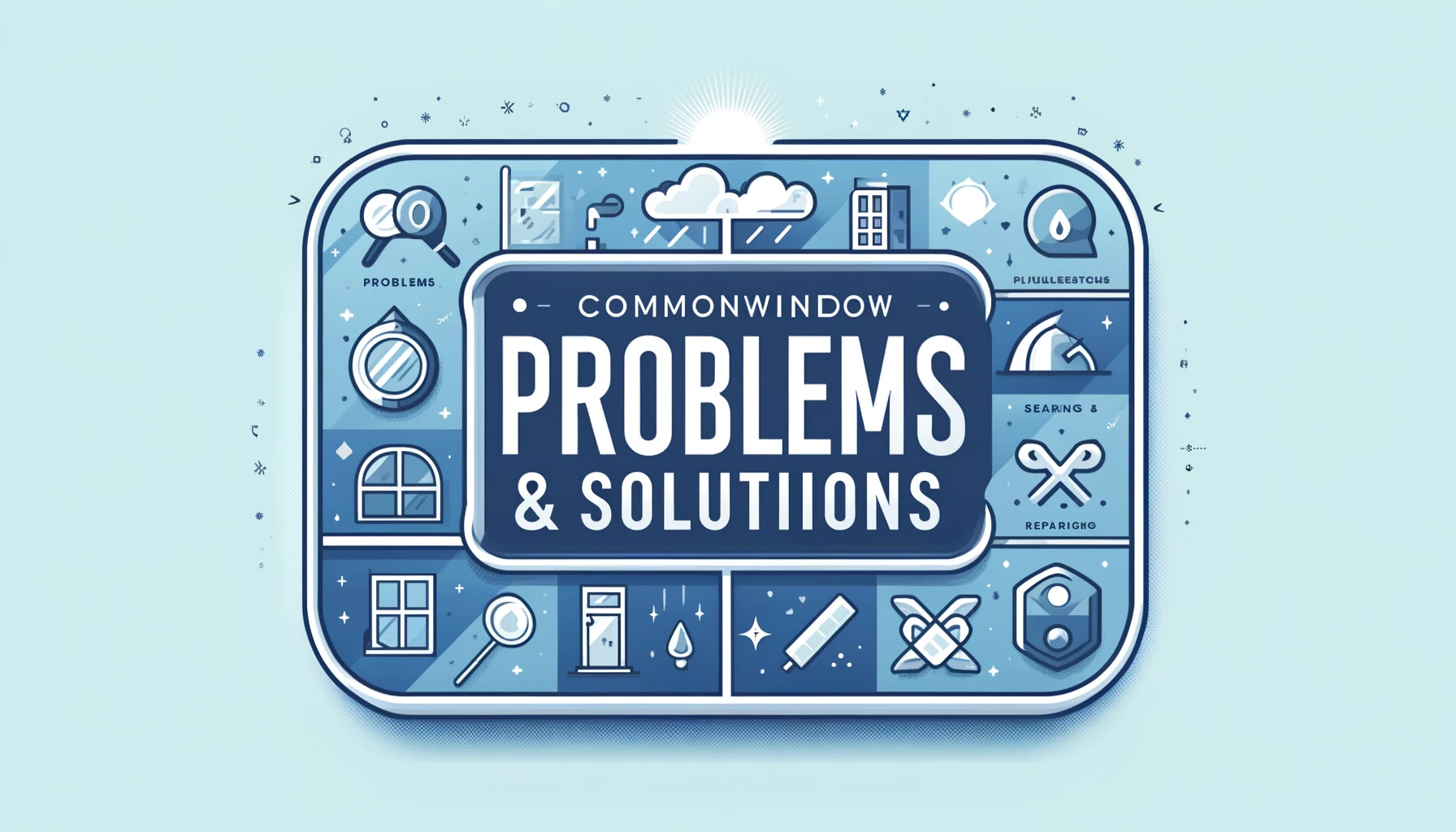
Common window problems and solutions
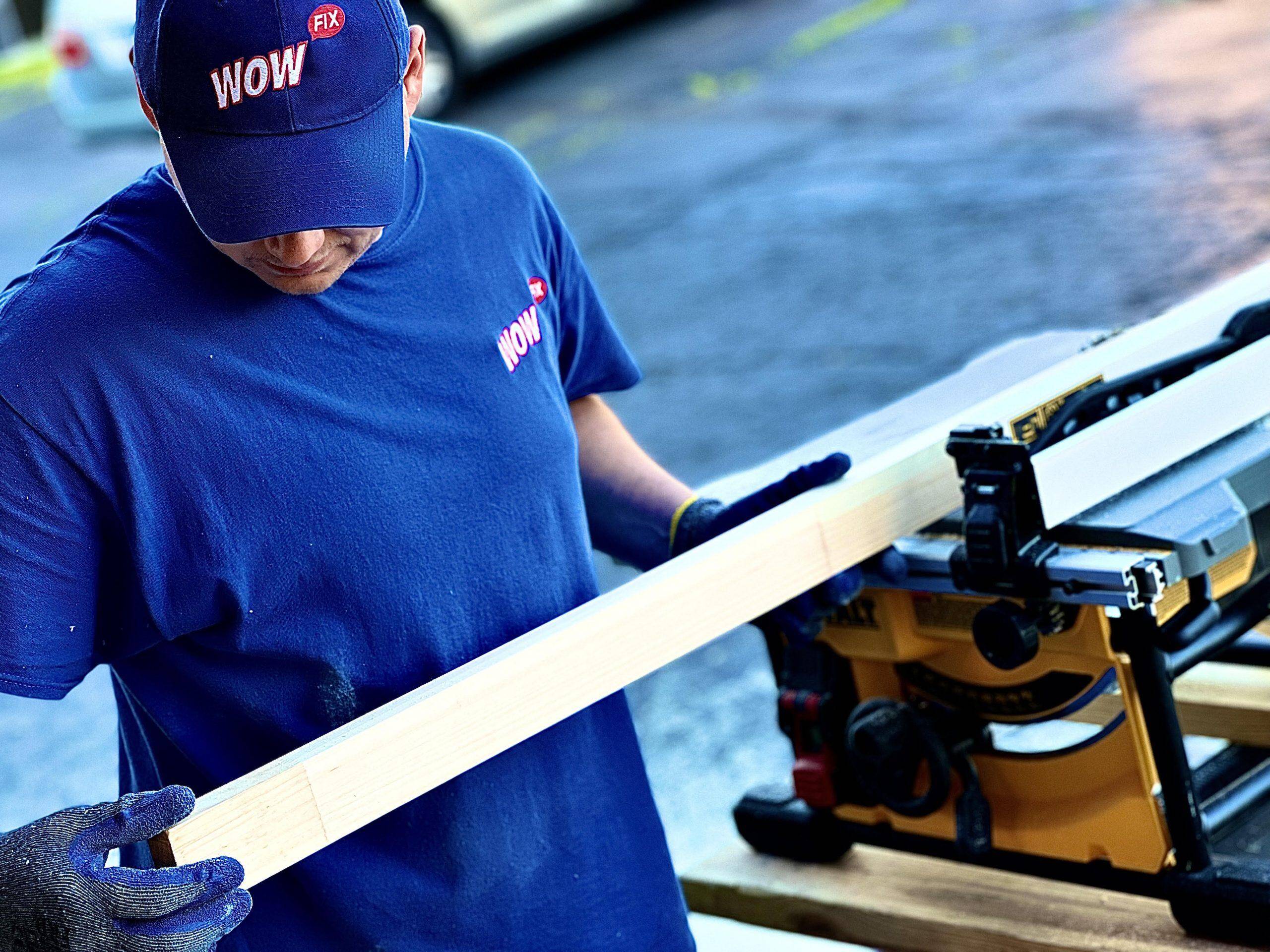
Turns Out, Your Old Windows Can Be Saved – Find Out How!
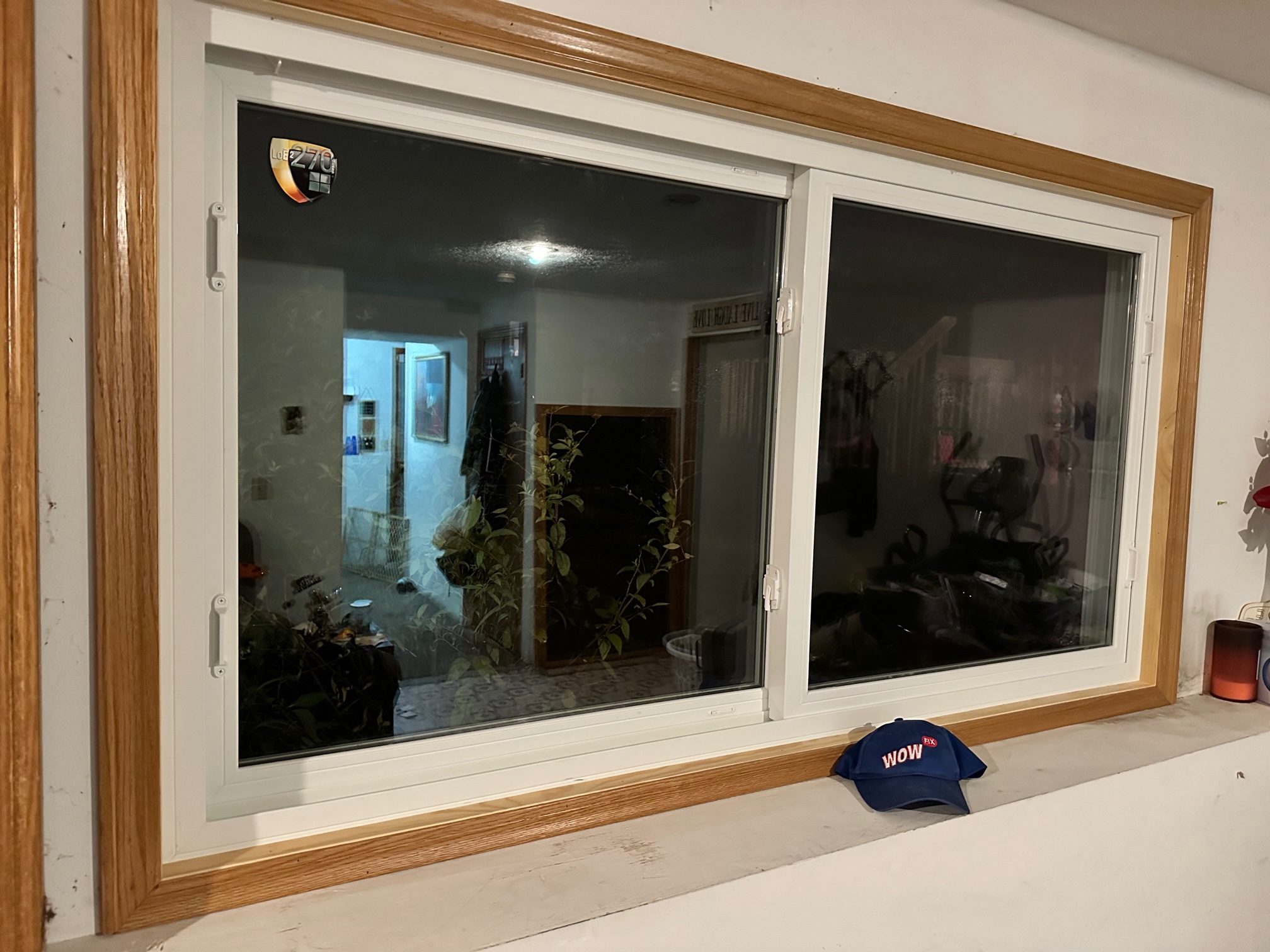
Enhance Your Home’s Value with High-quality Replacement Windows
HOW to find it's time for renovation?
check out our expert guide
Repair & Restore
Follow our YouTube video blog
At our video blog we showing our work, providing clients with useful advices. Join us at YouTube!
